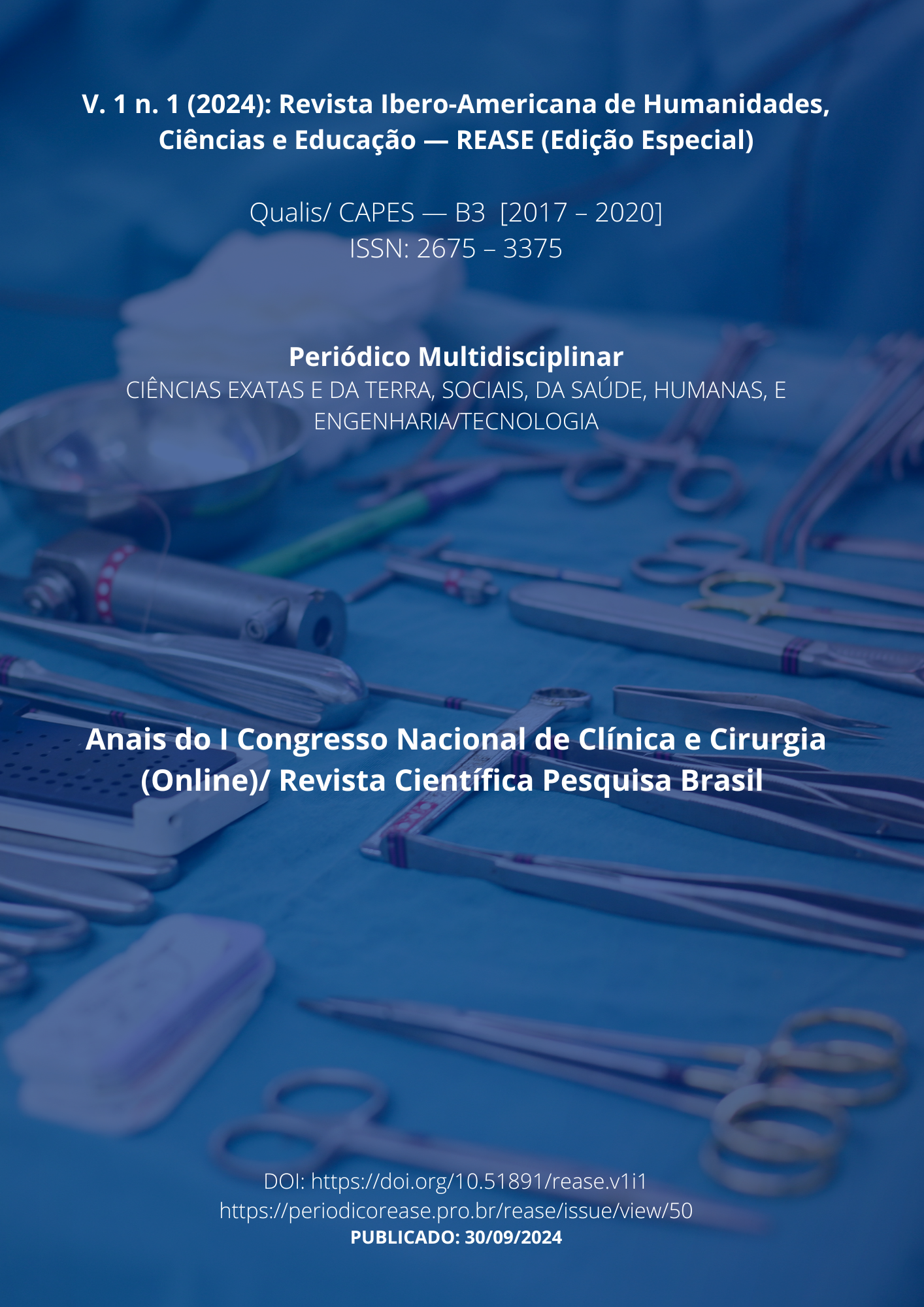REHABILITATION PROTOCOLS IN PATIENTS WITH MUSCULOSKELETAL INJURIES: AN INTEGRATIVE REVIEW
DOI:
https://doi.org/10.51891/rease.v1i01.16017Keywords:
Musculoskeletal rehabilitation. Treatment protocols, Physiotherapy.Abstract
Introduction: Musculoskeletal injuries are common conditions that affect patients’ quality of life, functionality, and work ability. Rehabilitation protocols play a crucial role in the recovery process by promoting tissue regeneration, restoring mobility, and minimizing the risk of complications. However, there are a variety of therapeutic approaches available, making it necessary to have a clear understanding of which strategies are most effective for different types of injuries. Objective: This integrative review aimed to identify and analyze the most effective rehabilitation protocols applied to patients with musculoskeletal injuries, highlighting the interventions that promote better functional outcomes. Methodology: The search was conducted in electronic databases, including PubMed, Scielo, and BVS, for articles published between 2015 and 2023. Studies that addressed rehabilitation interventions for musculoskeletal injuries in adults were included. Inclusion criteria included randomized clinical trials, controlled trials, and systematic reviews. The analysis of the results followed the narrative synthesis method, with the categorization of the different therapeutic approaches, such as physiotherapy, therapeutic exercises and the use of electrotherapeutic resources. Results and Discussion: Twenty-five studies were included, which demonstrated that protocols combining strengthening, stretching and joint mobilization exercises produce the best results in terms of functional recovery and pain reduction. Manual physiotherapy, associated with supervised exercises, was effective for soft tissue injuries, such as tendonitis and sprains, while the use of electrotherapy and shock wave therapy showed benefits in chronic injuries, such as tendinopathies. However, individualization of the protocol based on the specific condition of each patient was indicated as essential to optimize the results. Conclusion: The integrative review indicates that there is no single rehabilitation protocol that is universally effective for all musculoskeletal injuries. Combined approaches, adjusted to the nature and severity of the injury, are essential for successful treatment. It is recommended that healthcare professionals personalize rehabilitation programs for each patient, taking into account factors such as type of injury, stage of recovery, and individual response to interventions.
Downloads
Downloads
Published
How to Cite
Issue
Section
Categories
License
Atribuição CC BY

